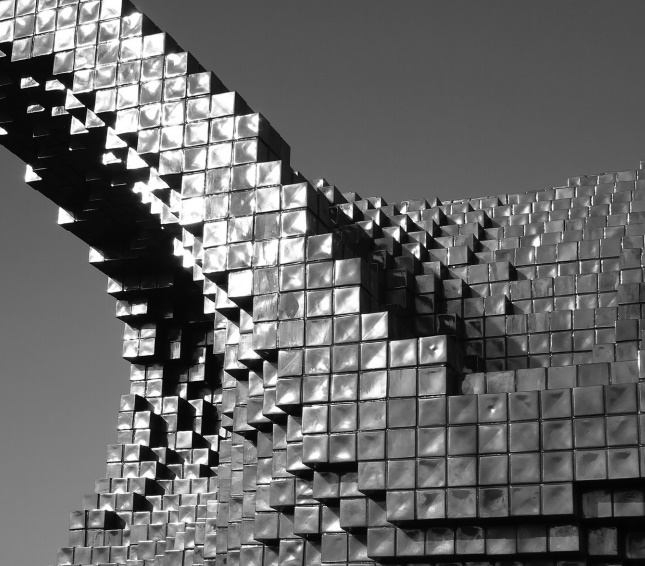One Percent Public Art Policy By Taiwanese Government
DOI:
https://doi.org/10.69598/sbjfa167505Keywords:
Public Art, Art Policy, Art Management and CuratorshipAbstract
"Public art is the fastest developing and most changeable visual [art] form in Taiwan today.” To make sure that this genre of art does not lack funding or sponsorship, the Taiwanese government has initiated “One Percent Art Funding” Policy under the Cultural and Art Reward Act, issued in 1992. This effectively requires all the government funded construction projects to have a public art piece installed onsite. Each public art sourcing and installation scheme will be given at least one percent off the total budget allocated to the construction project. The research aims to study throughly the evolution of this policy (from the year 1992 until 2011) and, more importantly, how such public art installations are managed and carried out. It will also attempt to reflect on the outcomes and repercussions from having this policy implemented in the country. Through related document analysis and interviews with the involved parties, the researcher can conclude the research outcomes as follows: First, the One Percent Art Funding Policy has led to a significant rise in the number of public art piece in the urban space throughout the Taiwan Island, especially in big cities such as Taipei. The forms and definition of “public art” as a contemporary art term is affected by this government policy itself. Since public art is related not only to the world of contemporary art, it is very much affected by political ideals and cultural characteristics of the nation. Taiwanese public art policy too has helped create a set of unique traits of its public art, which can be detailed as follows: First, public art in Taiwan is found to be dictated by its somewhat strict governmental regulations. Despite this, more frequently-used public art work se- lection methods have enjoyed participation from different groups of artist, both professional and amateur, Taiwanese or artists of other nationalities. This shows a degree of open-mindedness and freedom of artistic expression. Moreover, the policy has yielded public art pieces in a variety of art forms and genres; with the trend in public art leaning towards Localism Art (encouraging local public participation), as well as, environment and culture related genres. Overall, “One Percent Art Funding” Policy by Taiwanese government can be considered a success in addressing its objectives. It has brought a positive change to the overall artistic ecology of Taiwanese contemporary art through a direct support towards its artists and creating more art-related jobs. This helps set up a higher standard in the art and art management practices. By increasing public art works and encouraging art education and public participation from each public art project, the policy also helps Taiwan enhance its national aesthetics and beautify its public space.
Downloads

Downloads
Published
How to Cite
Issue
Section
License
The journal's editorial team does not have to agree with the views and comments in the author's article, nor are they responsible for the comments.











